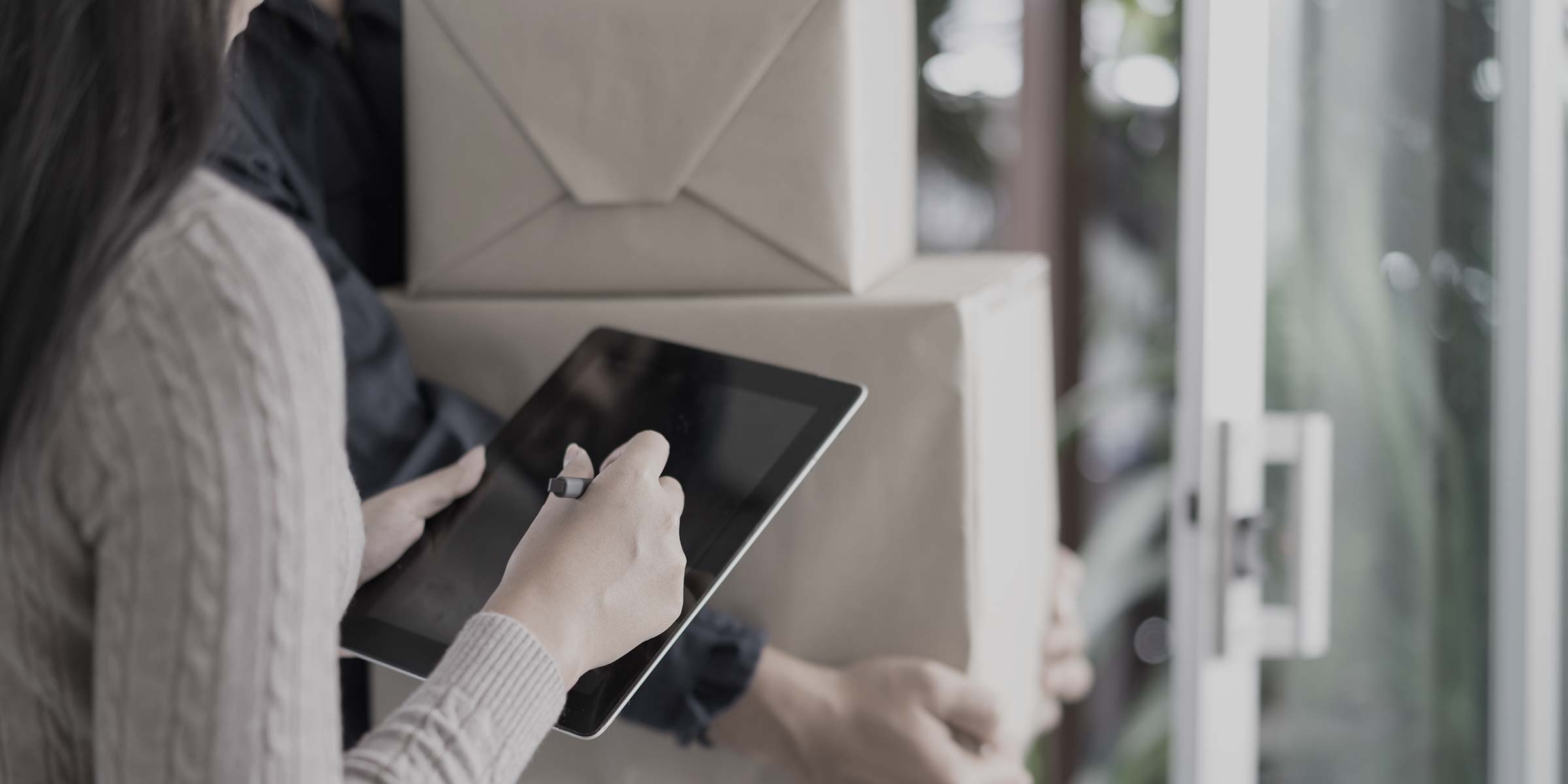5 tips for driving upsells
All too often brands miss upsell opportunities and fail to maximize revenue from existing customers. Read 5 ways to build your new upsell strategy.

All too often brands miss upsell opportunities and fail to maximize revenue from existing customers. What is upselling and how is it different from new sales? Unlike new sales, upselling relies heavily on building consultative relationships with your buyers to improve both their business and yours.It takes time, focus and understanding to gain the trust of your retailers, and most importantly, it requires consistent and personalized outreach.
The advantage of upselling existing clients is that it provides new revenue with no additional marketing or customer acquisition costs that would normally be associated with gaining new accounts. By working with your retail buyers to improve their selections and product mix, you can increase order size, frequency, and generate new revenue.
To help build your new upsell strategy, we’ve compiled five key components of winning plans.
1. Understand Your Products
One of the most important elements of an upsell strategy is driving greater product breadth in orders. If every buyer adds an average of 2-3 more products to each order/delivery, the impact of revenue across your business is potentially enormous.
Product expertise is the key to driving expanded product mix among your buyers. By understanding your offerings and how they merchandise together or complement one another, you can best identify items that will fill gaps in your buyer’s collection.
You can help the buyer by providing quality visuals of your items. Make suggestions based on what will work together as an outfit or complement another item on the rack or in-store presentation.
Pro-Tip: NuORDER’s custom linesheets allow you to build a curated list with high-resolution imagery to visualize products during a purchase.
Use sales and trend data to help make recommendations. You can aggregate insights from across all your retail buyers to identify trends and make recommendations. If your brand has its own direct to consumer channel, you can leverage key insights from this channel to advise your wholesale customers. When your buyers are selling items everyone wants, they will sell out quicker and keep returning to you for more.
2. Understand Your Buyers’ Clientele
To properly upsell you must have an intricate understanding of your buyers’ businesses. You should know their customer base, the products they sell, their budgets, and goals. By understanding their business, you will be able to sell items that provide value by addressing business needs.
Examine your buyer’s product mix from previous years. Determine the total amount of each product category that was purchased each season; for example, t-shirts were 15% of total items sold, pants was 30%, etc. If your buyer is uncharastically low in a particular area, sell them items to bring them up to the appropriate level. It is also important to remember that the product mix is determined by the clientele the buyer is serving, and adjustments should be made based on their goals.
3. Provide Value
One of the most important components to upselling is listening to your buyer’s needs and providing them with a solution. Are they trying to increase their own average order value? Are they missing out on sales due to stock outs? Do they want to attract new types of consumers to their stores? Are there consumers asking for products they don’t have? These are all questions you should ask your buyers to ensure you understand their pains and goals, so that you can provide relevant solutions.
Being helpful and actually providing value in a truthful and honest manner, rather than just selling and blindly pushing product, will build a strong and trusting relationship that will keep them purchasing. Many times, an upsell will not require any “traditional” sales tactics. Simply show them relevant product and explain how it will solve their problem. For example can you offer drop ship or quick replenishment on certain items that are stocking out.
4. Timing
The best place to upsell is during the pre-season, when buyers are building up their new collections.
Use sales data to identify your top ten styles and which buyers haven’t bought them yet. Then recommend those products to those buyers, explaining that they are your hottest products and why they are relevant to their store.
It is also important to check in once the season is underway. Find out what is selling in their store and what isn’t. Send regular (weekly if possible) available to sell catalogs with an easy to order link so the retailer can replenish items ASAP.
5. Be Proactive
Keeping in touch with your buyers outside of traditional sales calls can a very effective method of generating upsell revenue. Check in with your buyers after they’ve received their orders to validate what is selling (and what isn’t). If possible move stock that isn’t working. They’ll appreciate the post-sales support.
Leverage current happenings, trends, or events in the news to drive sales. For example, if Coachella is approaching, you can send your buyers custom linesheets with your trendiest items for the festival.
Upselling can be a valuable tactic when increasing your sales, but more importantly, it can lead to beneficial relationships that lead to even more revenue in the future.
To learn how a B2B eCommerce platform like NuORDER can improve your sales, request a demo today.
Get on the list
Wholesale tips and industry news you can’t miss, delivered weekly
